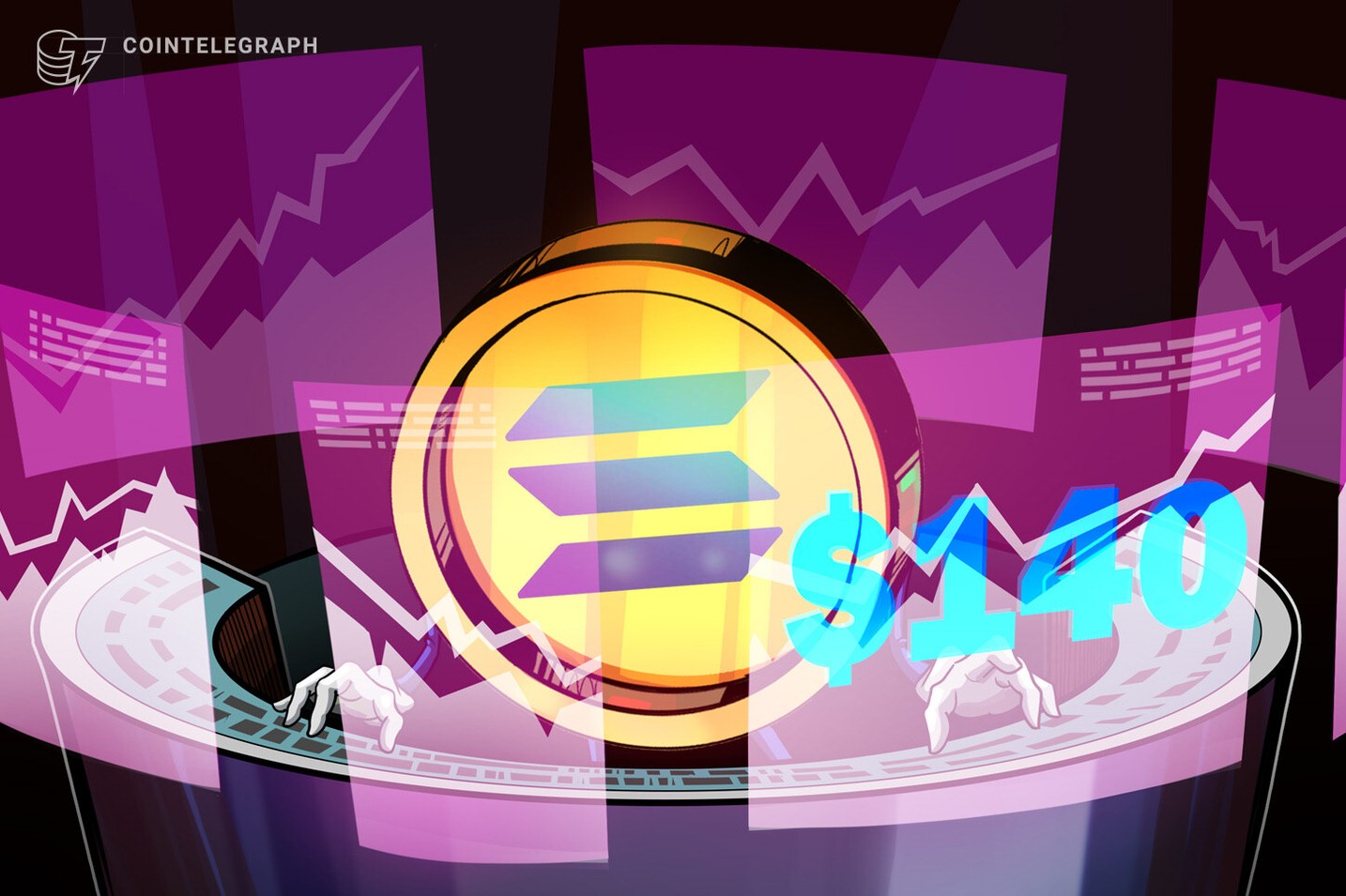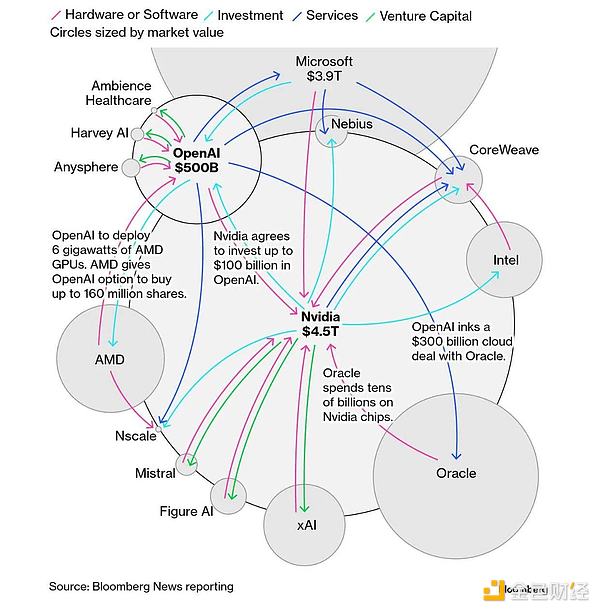Beeple's PFP Project Challenges Art Market Norms with Digital Royalties
- Beeple launches a generative PFP NFT project, leveraging smart contracts to ensure ongoing artist royalties from secondary sales. - The project builds on his $69.3M Christie’s sale, challenging traditional art markets by prioritizing digital ownership and artist-driven value. - PFP NFTs, supported by platforms like OpenSea, foster artist communities and sustained revenue models, despite plagiarism and security concerns. - Beeple’s initiative reflects the NFT market’s shift toward curated collections, bal
Cryptocurrency artist Beeple is expanding his influence in the digital art space by developing an art-based PFP (Profile Picture) project, following the success of his record-breaking NFT sale. The project, which will include generative digital artworks, aligns with the growing trend of PFP NFTs, particularly within the NFT community. These projects are often structured to provide artists with ongoing royalties from secondary sales, a feature that distinguishes them from traditional art markets. Beeple’s upcoming PFP project is expected to attract a broad audience of crypto enthusiasts and digital art collectors who have shown a strong appetite for profile-based NFT collections.
The rise of PFP NFTs has been driven by platforms such as Nifty Gateway and OpenSea, which facilitate the minting, trading, and collecting of digital artworks. These platforms have enabled a new generation of artists to connect with audiences and monetize their work in ways previously unattainable in the traditional art world. Beeple’s entry into the PFP space builds upon his previous success, including the $69.3 million sale of his NFT The First 5,000 Days at Christie’s auction house. This sale not only established Beeple as one of the most valuable living artists but also highlighted the potential of NFTs to disrupt traditional art markets by creating new avenues for digital ownership and monetization.
In the PFP space, artists such as Beeple are not only creating unique digital assets but also fostering communities around their collections. These communities often play a significant role in the valuation and cultural impact of the artworks. The integration of smart contracts ensures that artists receive a percentage of resale value, a model that has been increasingly adopted across the NFT ecosystem. This structure benefits both artists and collectors, as it creates a more sustainable and interconnected market where value is continuously generated through ongoing ownership and trading.
The development of Beeple’s PFP project is also reflective of the broader evolution of the NFT market, which has seen a shift from speculative investments to more curated and artist-driven collections. While the market has experienced volatility, with average NFT prices fluctuating and some high-profile collections losing value, the demand for high-quality, artist-backed projects remains strong. The success of PFP collections such as Bored Ape Yacht Club and CryptoPunks demonstrates the enduring appeal of these assets, particularly when backed by recognizable and influential creators.
The PFP market has also drawn attention to issues of authenticity, plagiarism, and security within the NFT space. Platforms like OpenSea have reported that a significant percentage of newly minted NFTs are plagiarized or spam-related, highlighting the challenges of maintaining quality and originality in a rapidly expanding market. Despite these concerns, the market continues to attract both collectors and investors who see value in the cultural and artistic significance of these digital assets. Beeple’s new project is expected to contribute to the ongoing dialogue about the role of NFTs in the digital art world and how they can be leveraged to support artists and collectors alike.
As Beeple prepares to launch his PFP project, the broader NFT ecosystem remains in a state of flux. The market is still in its early stages, and while there are challenges related to regulation, sustainability, and security, the potential for innovation and growth is substantial. Beeple’s project is poised to play a pivotal role in shaping the future of digital art and PFP NFTs, particularly as the market continues to mature and evolve.
Source:
Disclaimer: The content of this article solely reflects the author's opinion and does not represent the platform in any capacity. This article is not intended to serve as a reference for making investment decisions.
You may also like
SOL price capped at $140 as altcoin ETF rivals reshape crypto demand

Will USDT Collapse? A Comprehensive Analysis of Seven Years of FUD, Four Crises, and the Real Systemic Risks of Tether

The Federal Reserve ends QT: The main liquidity switch has been flipped, and a silent bull market is taking shape.

Liquidity Shift Hidden Beneath the US-China Rivalry
